Takuro Karamatsu
Iconify: Converting Photographs into Icons
Apr 07, 2020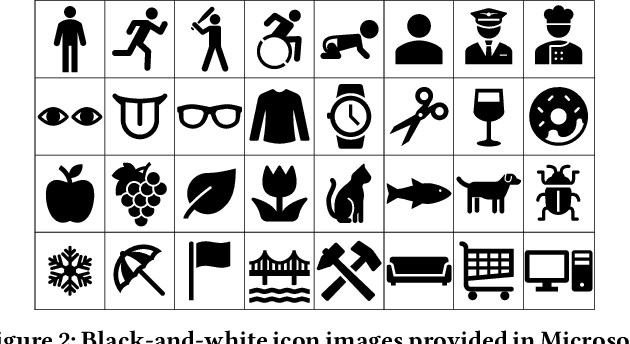
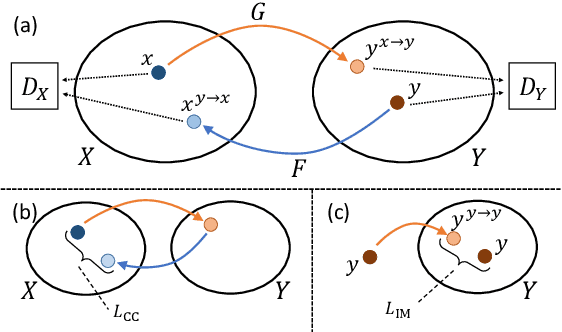
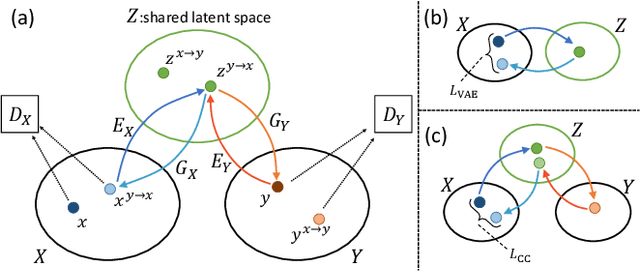
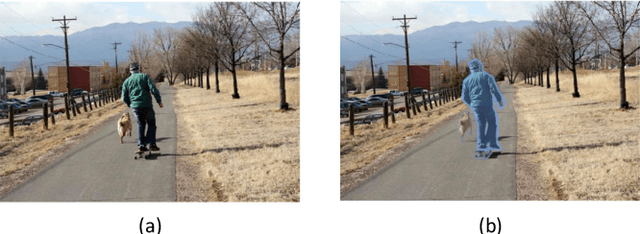
Abstract:In this paper, we tackle a challenging domain conversion task between photo and icon images. Although icons often originate from real object images (i.e., photographs), severe abstractions and simplifications are applied to generate icon images by professional graphic designers. Moreover, there is no one-to-one correspondence between the two domains, for this reason we cannot use it as the ground-truth for learning a direct conversion function. Since generative adversarial networks (GAN) can undertake the problem of domain conversion without any correspondence, we test CycleGAN and UNIT to generate icons from objects segmented from photo images. Our experiments with several image datasets prove that CycleGAN learns sufficient abstraction and simplification ability to generate icon-like images.
Serif or Sans: Visual Font Analytics on Book Covers and Online Advertisements
Jun 29, 2019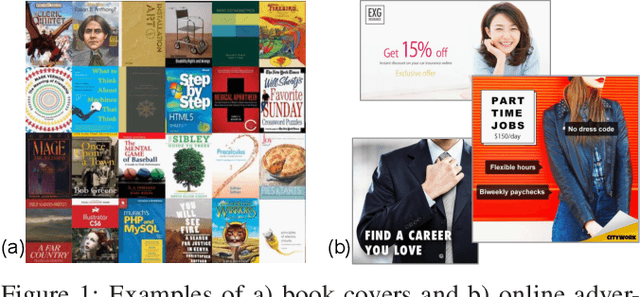

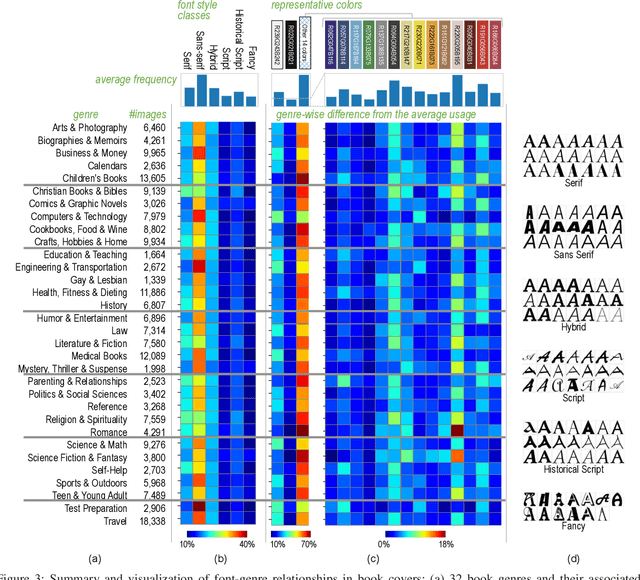
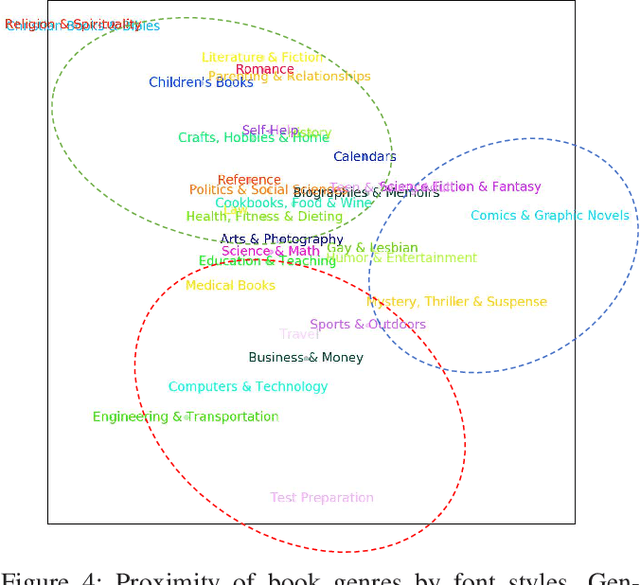
Abstract:In this paper, we conduct a large-scale study of font statistics in book covers and online advertisements. Through the statistical study, we try to understand how graphic designers relate fonts and content genres and identify the relationship between font styles, colors, and genres. We propose an automatic approach to extract font information from graphic designs by applying a sequence of character detection, style classification, and clustering techniques to the graphic designs. The extracted font information is accumulated together with genre information, such as romance or business, for further trend analysis. Through our unique empirical study, we show that the collected font statistics reveal interesting trends in terms of how typographic design represents the impression and the atmosphere of the content genres.
 Add to Chrome
Add to Chrome Add to Firefox
Add to Firefox Add to Edge
Add to Edge